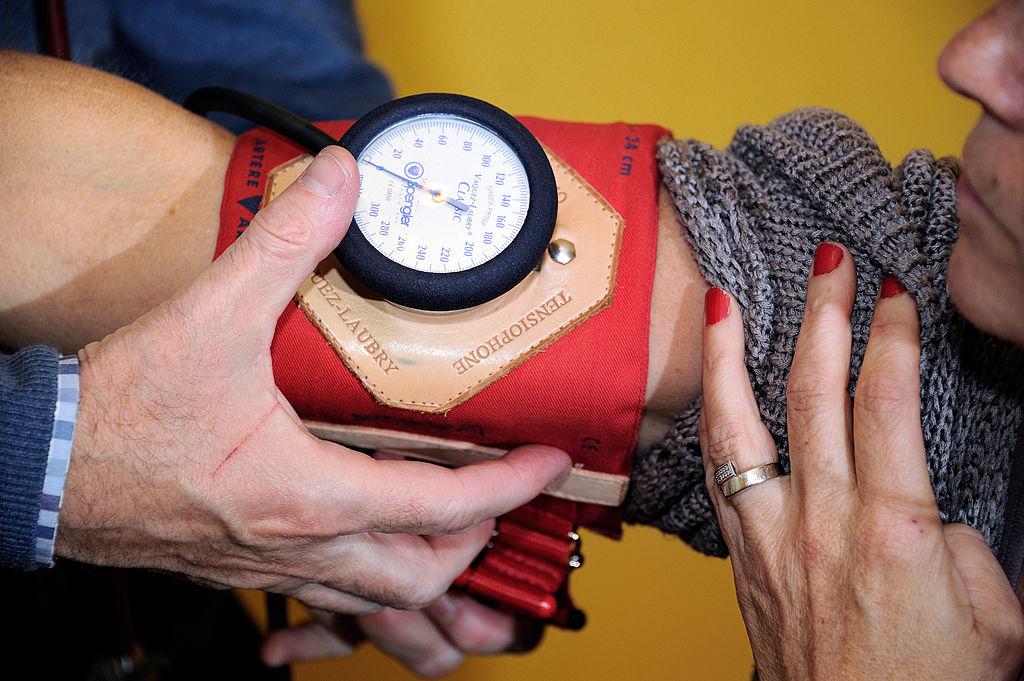Australia should not discount the danger of high blood pressure, which is the main culprit behind most death and disease in the country, a group of Australia’s leading experts has warned.
While just over one in five adults–more than four million Australians–have high blood pressure, also known as hypertension, researchers found that many of them are not receiving proper treatment, and 50 percent of them are not aware of it.




